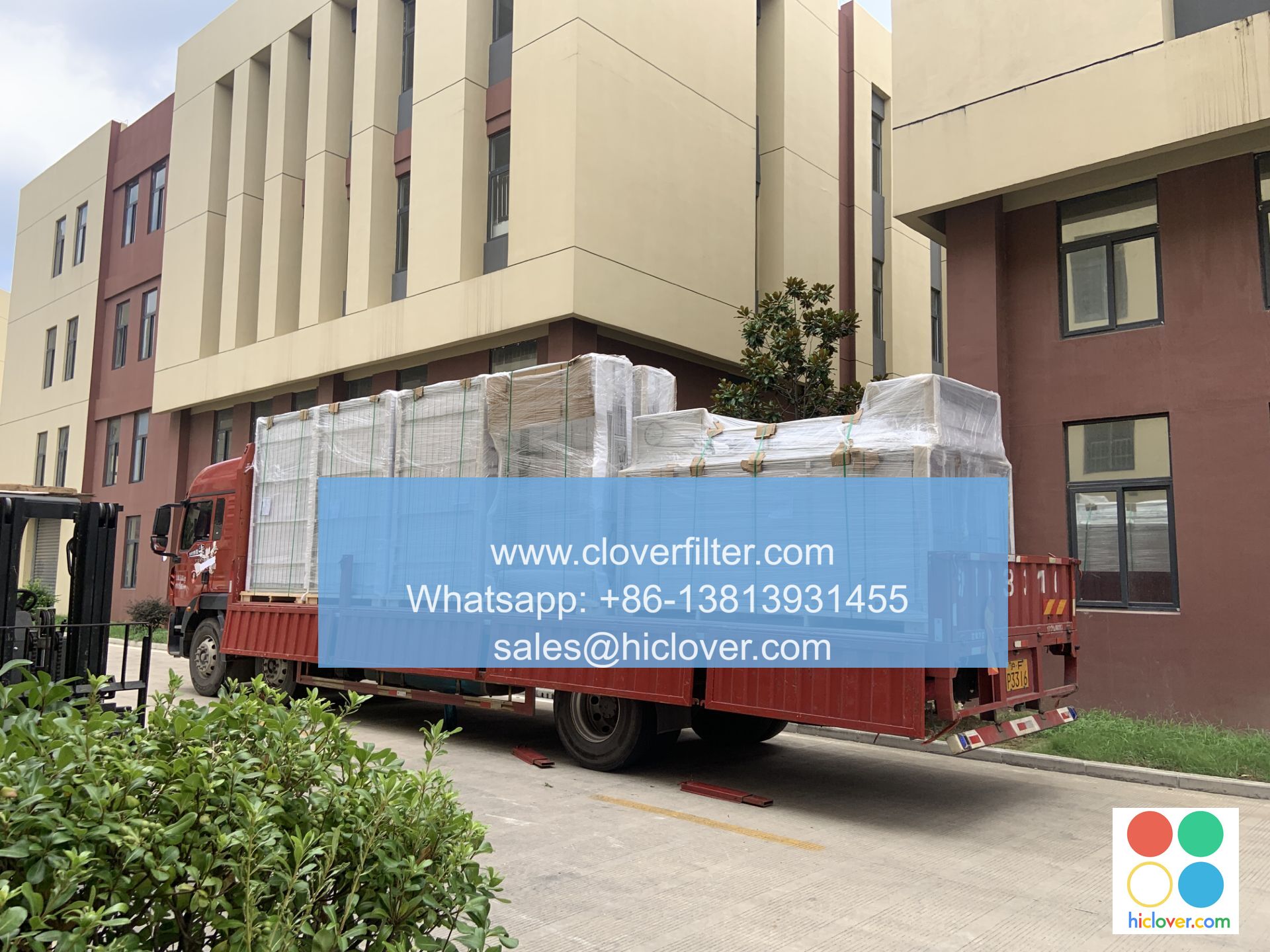The Power of Activated Carbon in Air Filter Parts

The Power of Activated Carbon in Air Filter Parts: A Game-Changer for Air Quality and Health
Introduction
In today’s world, air quality has become a major concern. With the rise of pollution, it’s essential to find effective ways to purify the air we breathe. One of the most potent tools in this fight is activated carbon. In this article, we’ll delve into the world of activated carbon in air filter parts, exploring its advantages, applications, and benefits for a healthier environment and human health.
What is Activated Carbon?
Activated carbon, also known as activated charcoal, is a form of carbon that has been treated with oxygen to increase its surface area and porosity. This treatment process, known as activation, makes it an highly effective adsorbent, capable of capturing and removing impurities from the air.
The Power of Activated Carbon in Air Filter Parts
Activated carbon is a crucial component in air filter parts, particularly in HEPA (High Efficiency Particulate Air) filters, which are designed to capture 99.97% of particles as small as 0.3 microns, including dust, pollen, pet dander, and smoke. The activated carbon in these filters works wonders, absorbing and neutralizing gases, odors, and volatile organic compounds (VOCs). This results in a significant improvement in indoor air quality, providing a healthier environment for occupants.
Key Advantages of Activated Carbon in Air Filter Parts
- High-Efficiency Purification: Activated carbon in air filter parts can capture and remove a vast array of impurities, including particulate matter, gases, and VOCs, leaving the air clean and fresh.
- Odor Control: Activated carbon is effective in neutralizing unpleasant odors, such as pet odors, smoke, and cooking smells, ensuring a more pleasant living and working environment.
- Gas Absorption: Activated carbon can absorb and remove gases, including formaldehyde, benzene, and other harmful pollutants, promoting better indoor air quality.
- Improved Indoor Air Quality: By removing impurities and pollutants, activated carbon in air filter parts contributes to improved indoor air quality, which can help to alleviate respiratory issues and reduce the risk of illnesses.
Applications of Activated Carbon in Air Filter Parts
- HVAC Systems: Activated carbon is often used in heating, ventilation, and air conditioning (HVAC) systems to improve indoor air quality and reduce airborne pollutants.
- Air Purifiers: Many air purifiers, both standalone and built-in, utilize activated carbon filters to remove impurities and odors from the air.
- Vehicle Air Filters: Activated carbon filters are commonly used in vehicle air conditioning systems to eliminate odors and pollutants, ensuring a fresher and healthier environment for passengers.
- Industrial Air Filtration: Activated carbon is used in industrial air filtration systems to remove hazardous chemicals, gases, and particulate matter from the air, enhancing worker safety and reducing the risk of occupational illnesses.
Conclusion
In conclusion, activated carbon in air filter parts is a powerful tool in the fight against poor air quality. Its ability to capture and remove impurities, including gases, odors, and VOCs, makes it an essential component in various applications, from HVAC systems to air purifiers and vehicle air conditioning. By incorporating activated carbon into air filter parts, we can create a healthier, cleaner, and more comfortable environment for all.
I’m happy to help with any prompt you’d like! Please go ahead and share what’s on your mind, and I’ll do my best to respond.

